Insulate Your Home Like a Pro: A Step-by-Step Guide to DIY Spray Foam Thermal Insulation
Are you scared of the cost of getting a professional to install spray foam thermal insulation in your home? A Step-by-step DIY guide is all you need to do it just like a professional would. If a professional can get it right, so can you! In this article, you will learn the necessary steps you need to take to insulate your home all by yourself.

What Does Thermal Insulation Mean?
In its most straightforward meaning, thermal insulation is simply the process of reducing the heat transfer between two objects in thermal contact. In other words, thermal insulation creates a barrier between hot and cold things. Therefore, the measurement of thermal insulation is based on its thermal conductivity.
The concept of thermal insulation is vital when it comes to home insulation and construction. This is because thermal insulation reduces the heat transfer between your home and the environment. To this end, thermal insulation materials known as insulators are used to make a building energy efficient and comfortable by maintaining a stable temperature.
How Does Thermal Insulation Work?
To understand how thermal insulation works, you must understand the 3 mechanisms by which heat flows from one object to another. Heat flow occurs by conduction, convection, and radiation.
Heat flow through solid materials by conduction, while convection is the transfer of heat through liquids and gas. Finally, radiation is the transfer of heat in a straight line. A typical example is heat from the sun.
Thermal insulation works by using a thermal insulation material to reduce heat transfer from a warm region to a cold region. It slows down conductive heat flow and convective heat flow between your home and the environment. In addition, thermal insulation creates a radiant barrier that resists the gain of the radiant heat in your home.

Get a Comfortable and Energy-Efficient Home with DIY Spray Foam Thermal Insulation
Spray foam insulation is the best heat insulation method for your home. Spray foam insulation offers a high R-value that will keep your home comfortable and energy efficient all year round. Also, you save cost on energy consumption because the energy consumed by your HVAC system will reduce significantly.
Spray foam is the best insulator of heat, and you can reduce the amount of heat transferred into your home through your roof, attic, walls, garage, or basement. In addition, thermal insulation materials like spray foam seal the air leaks and holes in your home, keeping your home warm and comfortable during winter and summer.
Thermal insulation is important for every part of your home for maximum comfort. There is thermal insulation for windows, roofs, and walls. Furthermore, insulation can be applied to other things outside our homes like thermal insulation for cars and pipes.

DIY Steps of Thermal Insulation with Spray Polyurethane Foam
The national average cost of thermal insulation with polyurethane foam is between $2000 and $5000 because professionals charge high prices. Nevertheless, you can take it up as a DIY project by following the steps below and save yourself the cost of hiring someone.
1. Familiarize the equipment and read all instructions and safety warnings
The first step to installing spray foam insulation is to get familiar with the information in the instruction manual on the Fast Coat Product. The instruction manual will guide you on how to handle the product and the safety precautions you should take.
2. Wear protective gear
Get protective equipment such as respirators, goggles, and gloves to protect your body from the foam.
3. Set up the spray polyurethane foam can
Set up the spray foam by attaching the spray foam gun to the can. It is important for you to follow the instructions manual for more details on how to mix the can.
4. Prepare the surface to be insulated
Before you start applying spray foam, prepare the surface you want to insulate by sealing holes and cleaning debris or dirt. If there is any insulation previously installed, remove it.
5. Shake the foam can very well
After cleaning the surface, you want to gently insulate and shake the spray can before applying it.
6. Begin spraying the foam insulation
Spray using a sweeping motion to apply the foam evenly. You can start by spraying the edges and corners, starting from the top and working your way down.
7. Smoothen the foam
After applying the foam, it is normal that you might have applied a little too much in some areas. Smooth the foam and make the expansion even with a putty knife or scraper. This gives the foam a smooth finish and also makes it easy for the foam to be painted over.
8. Allow curing
Allow the foam to cure properly; curing can take a couple of hours or even a day. Therefore, it is important that you allow the foam to cure properly; so it does not lead to complications later on.
After curing, you can inspect the work and check for unfilled holes or areas. Fill any hole or area that is uncovered.
The Benefits of DIY Spray Foam Thermal Insulation
When you do not insulate your home, you spend so much on energy bills just to keep your home warm and comfortable. Thermal insulation foam offers so many benefits; by taking it as a DIY project, you can significantly cut costs. The benefits of DIY Spray Foam thermal insulation include the following:
1. Cost-Effective
Spray foam insulation saves the cost of energy by reducing the amount consumed by your HVAC system. Spray foam insulation can save you 15% on energy consumption.
2. Energy Efficiency
Spray foam thermal insulation creates a barrier between your home and the environment, reducing energy loss significantly. In addition, spray foam makes your home efficient by reducing air exchange with the environment.
3. Increases Comfort
Spray foam increases the overall comfort of your home by maintaining a stable temperature all year.
4. Durability
Installing spray foam thermal insulation in your home is a good investment choice because of its durability. When spray foam is properly installed, it can last for so many years.
5. Easy & Quick Application
Spray foam insulation is relatively easy and quick to install with the right guideline.
6. Environmentally Friendly
Spray foam insulation is eco-friendly and does not break down into toxic ducts when it cures properly. Therefore, it is important to allow the foam to cure properly.
7. Increases Home-value
Spray foam thermal insulation increases the resell of your home. Every homeowner would love to buy a home that conserves energy and is comfortable. In addition, the durability of spray foam makes it a good investment for both the seller and the buyer.
FAQs
Is Expanding Polyurethane Foam Good Thermal Insulation?
Expanding polyurethane foam, like spray foam, is one of the best insulation methods because it seals all the holes and air leaks in your home. In addition, they offer higher R-value and hence, better insulation than other types of thermal insulation.
What is R-Value in Thermal Insulation?
Thermal insulation of an insulating material is measured by its R-value, which represents its resistance to heat transfer. Therefore, thermal insulating materials with high R-value offer better insulation.
Is Spray Polyurethane Foam Thermal Insulation Environmentally Friendly?
Spray foam is environmentally friendly. Spray polyurethane foam is a chemical product, and it needs to cure properly; so it does not give off harmful chemicals into the air.
How Much Does Spray Polyurethane Foam Thermal Insulation Cost?
Spray foam insulation is relatively expensive when compared to other thermal insulation methods; it costs around $2000 to $5000 to install. To save costs, you can install spray polyurethane foam thermal insulation as a DIY project.
Can I Do Spray Foam Thermal Insulation Myself?
Yes, you can install spray foam thermal insulation with the right equipment and guidelines.
Can Thermal Insulation Be Used For Soundproofing?
One of the benefits of thermal insulation is it makes your space soundproof by preventing noise from the surrounding environment.
Author : Krakenbond Team


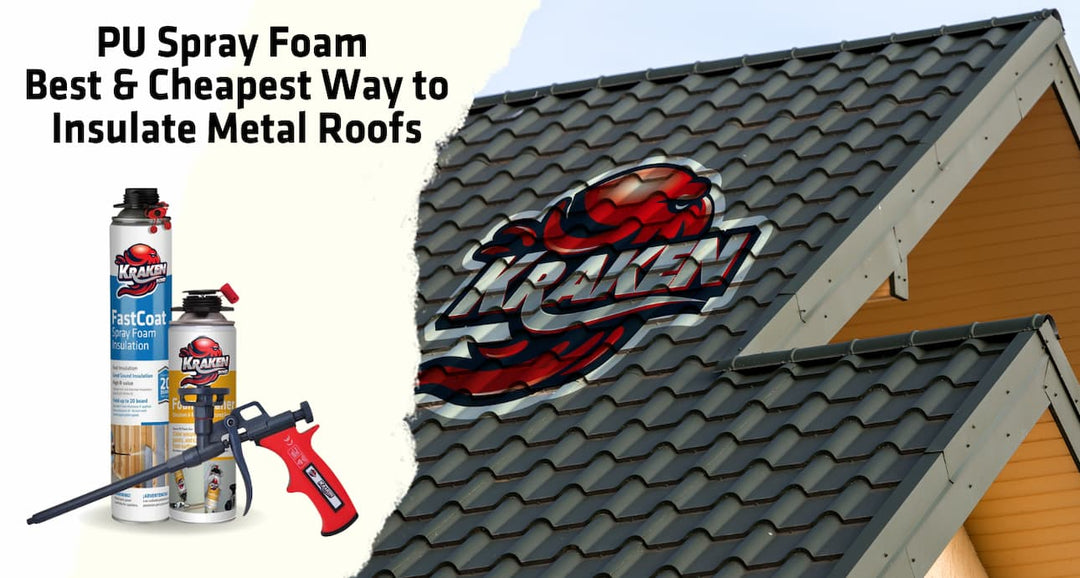

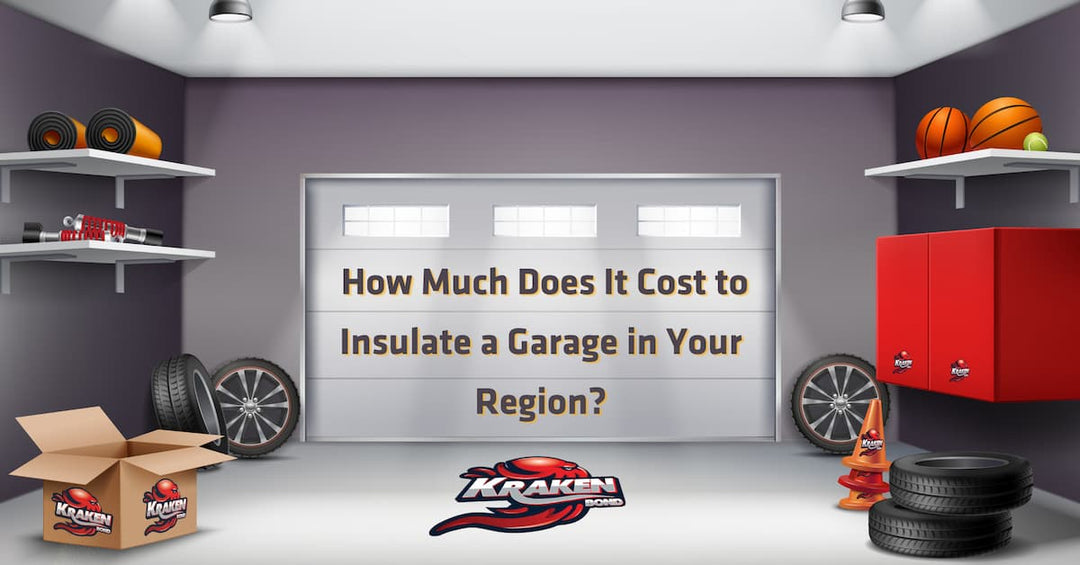
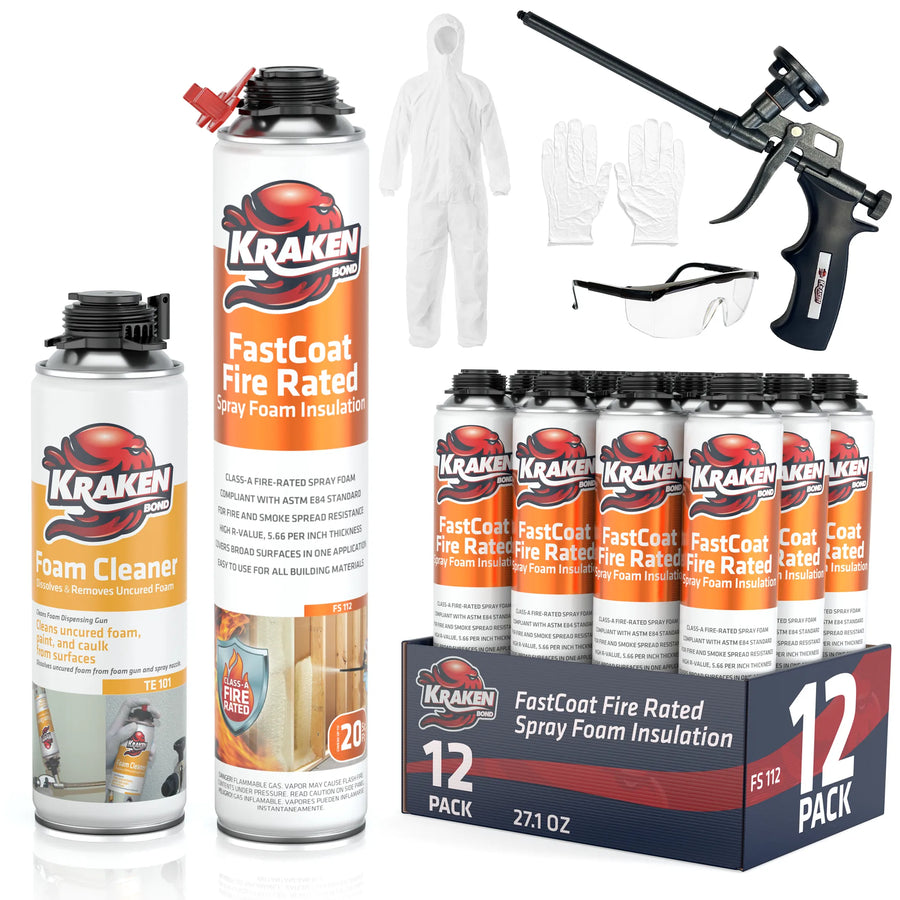







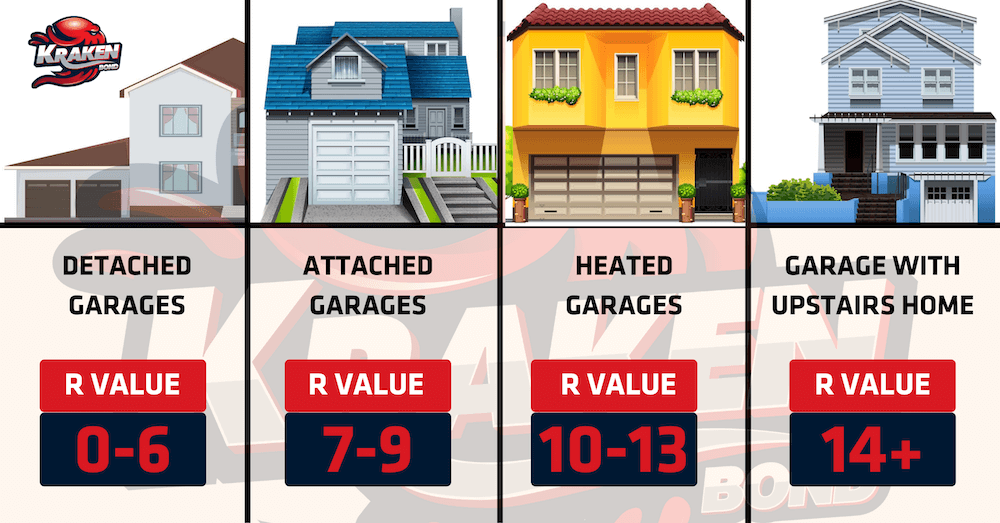

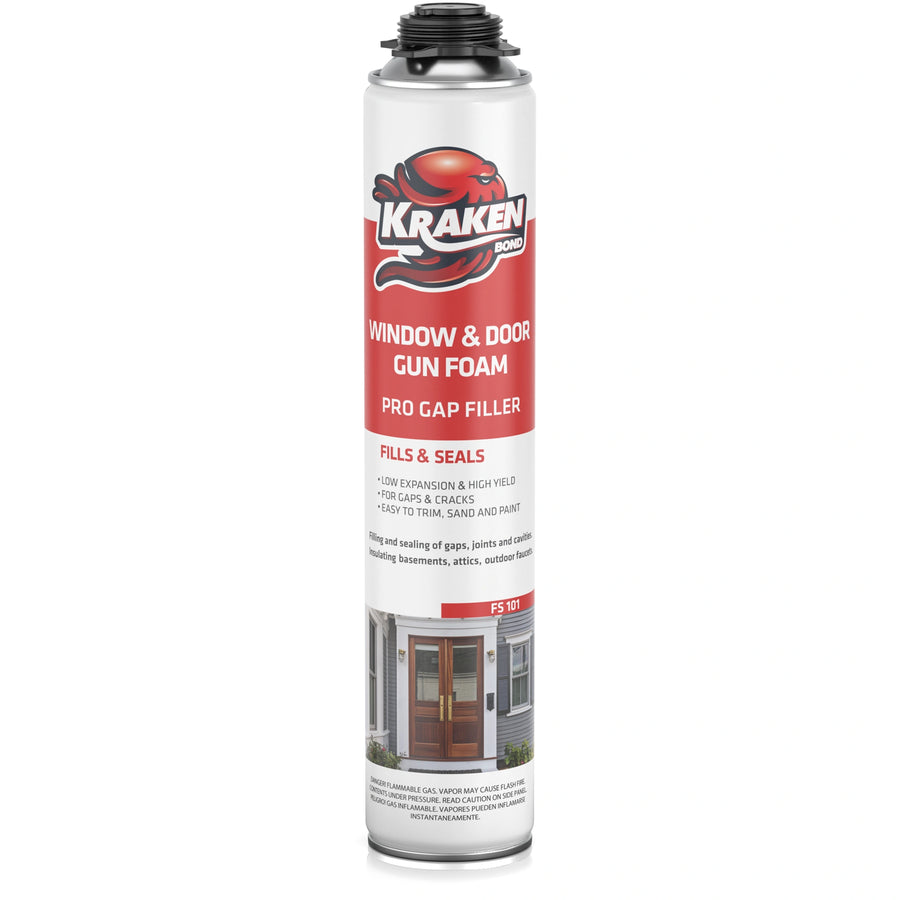
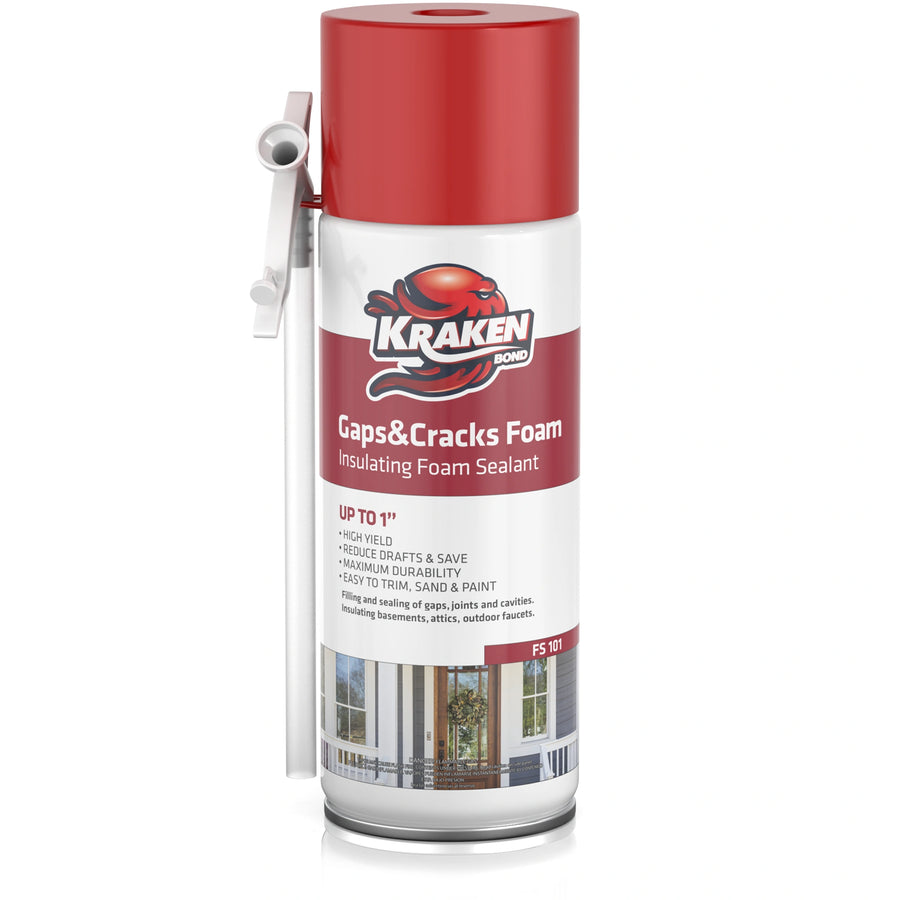
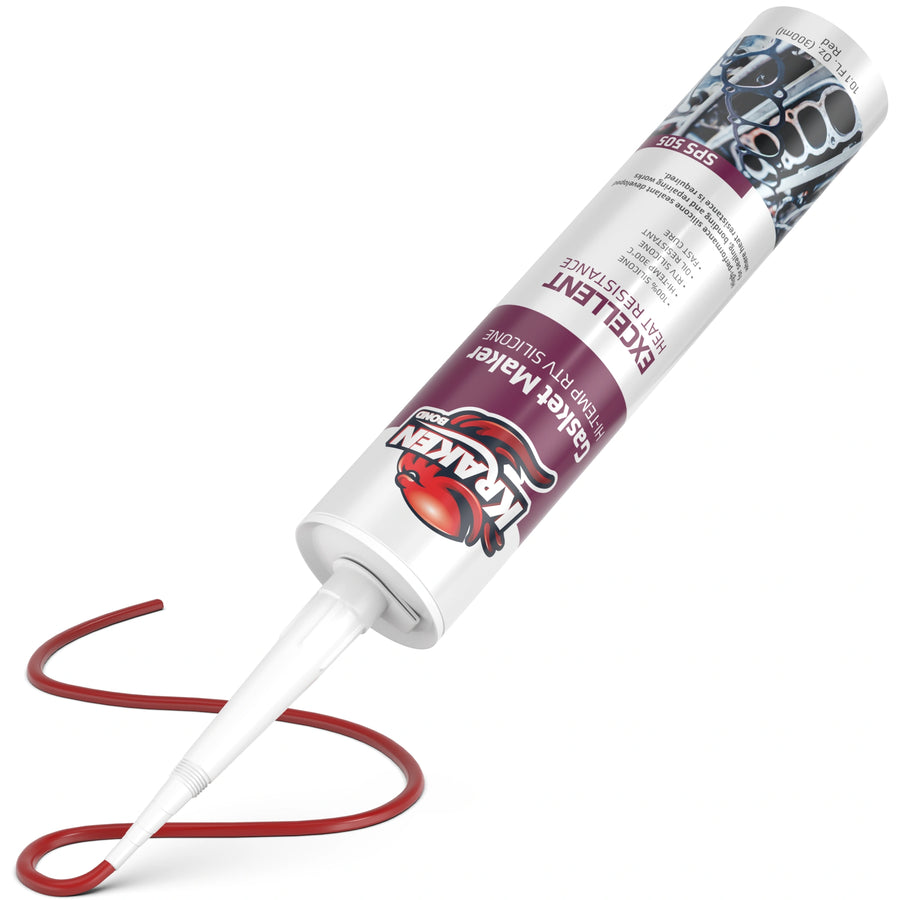
Leave a comment